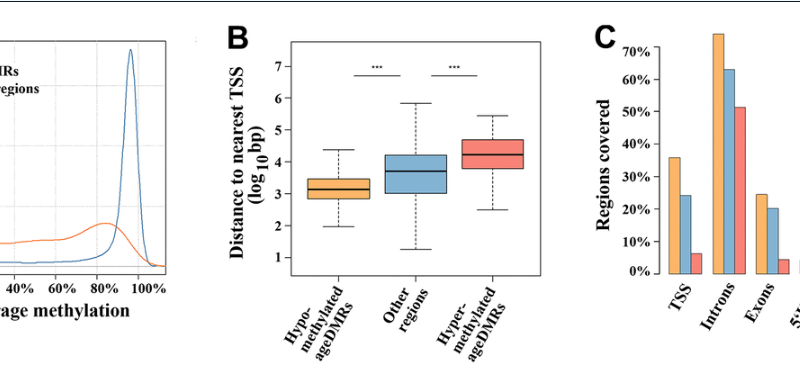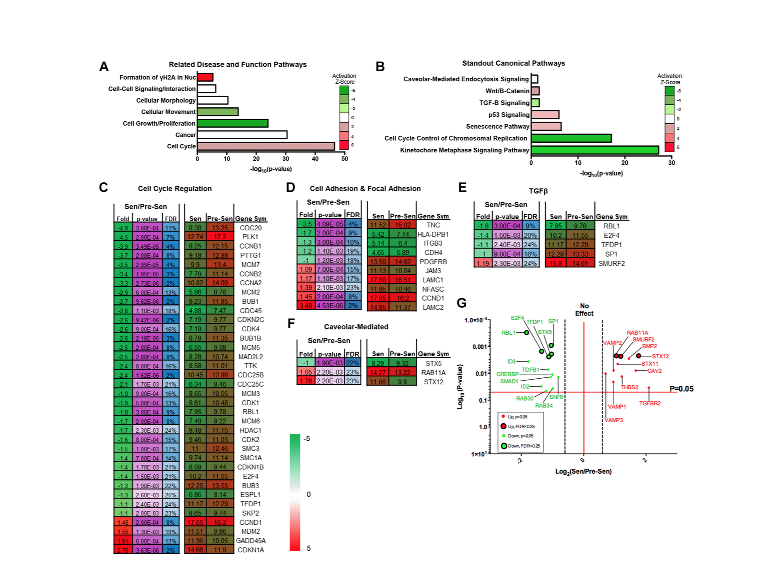Ariel K. Frame from Western University discusses a research paper he co-authored that was published by Aging (Aging-US) in Volume 15, Issue 4, entitled, “Aging and memory are altered by genetically manipulating lactate dehydrogenase in the neurons or glia of flies.”
Aging (Aging-US) Authors
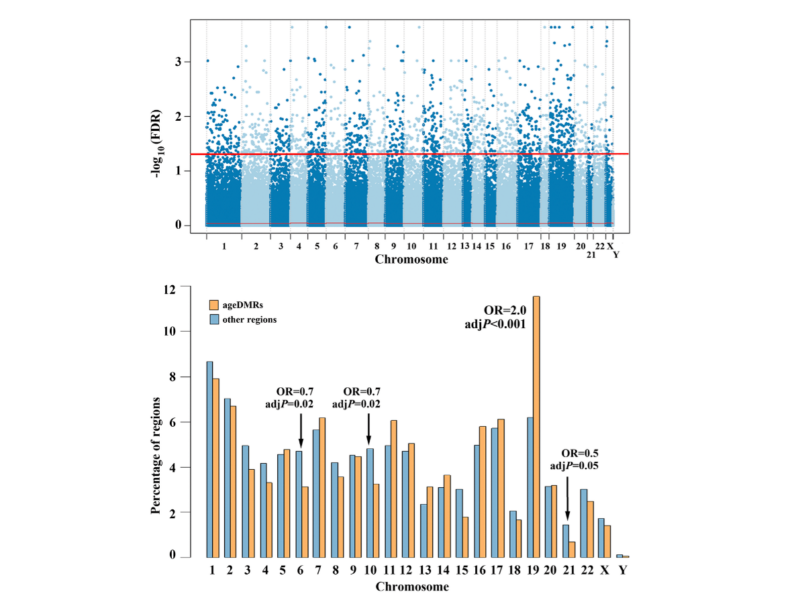
PRESS RELEASE: A new research paper was published in Aging’s Volume 15, Issue 5, entitled, “Age-related methylation changes in the human sperm epigenome.”
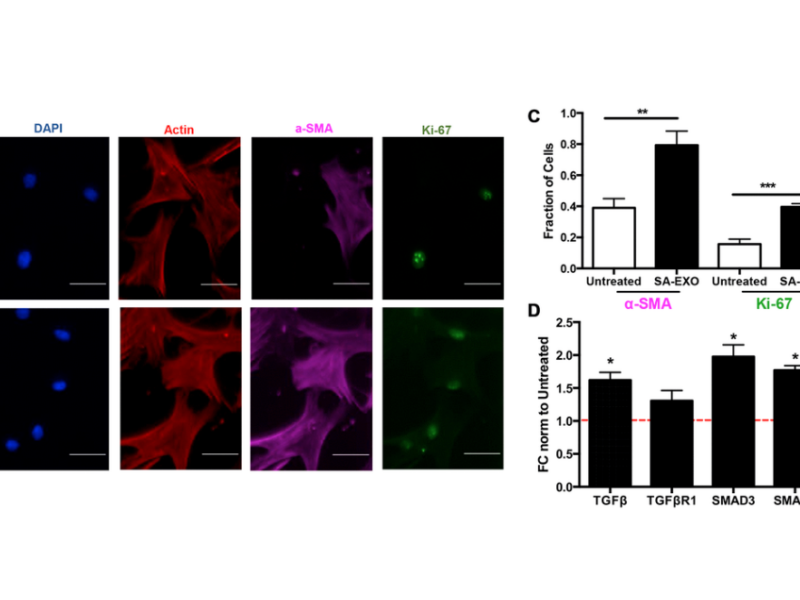
PRESS RELEASE: A new research paper was published in Aging’s Volume 15, Issue 5, entitled, “Senescence-associated exosomes transfer miRNA-induced fibrosis to neighboring cells.”
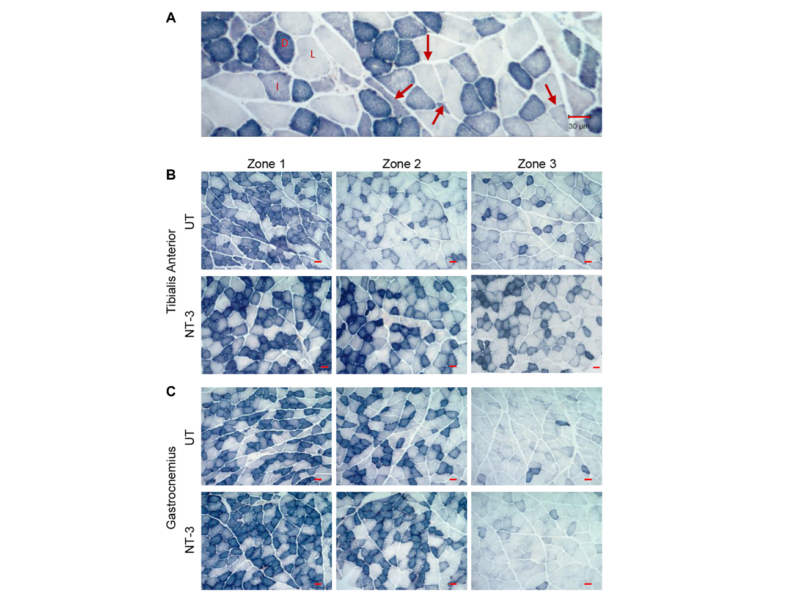
PRESS RELEASE: A new research paper was published on the cover of Aging’s Volume 15, Issue 5, entitled, “AAV1.NT-3 gene therapy prevents age-related sarcopenia.”
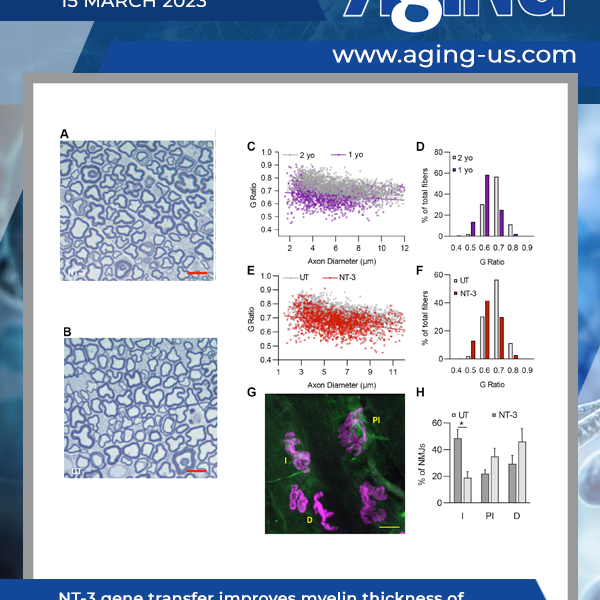
Sarcopenia is progressive loss of muscle mass and strength, occurring during normal aging with significant consequences on the quality of life for elderly. Neurotrophin 3 (NT-3) is an important autocrine factor supporting Schwann cell survival and differentiation and stimulating axon regeneration and myelination…
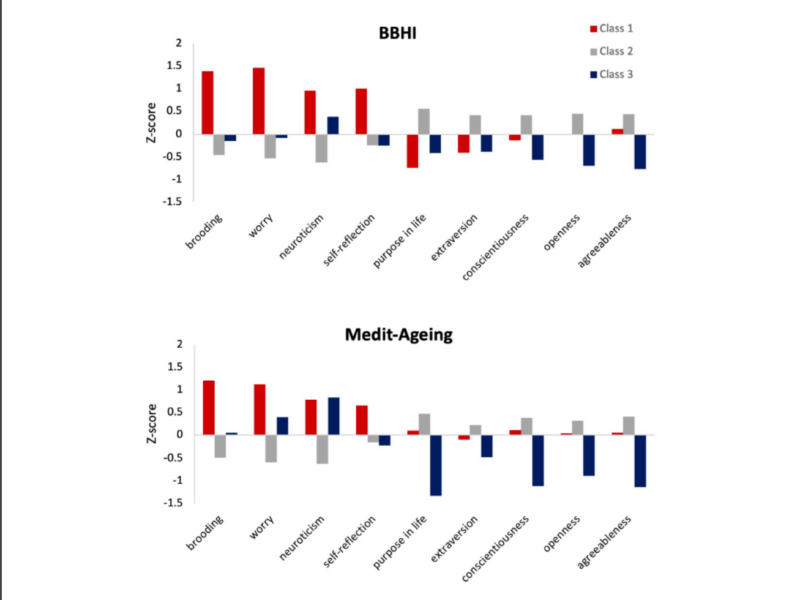
PRESS RELEASE: Researchers from the University of Barcelona published a new editorial in Aging’s Volume 15, Issue 4, entitled, “Cognitive aging and dementia prevention: the time for psychology?”
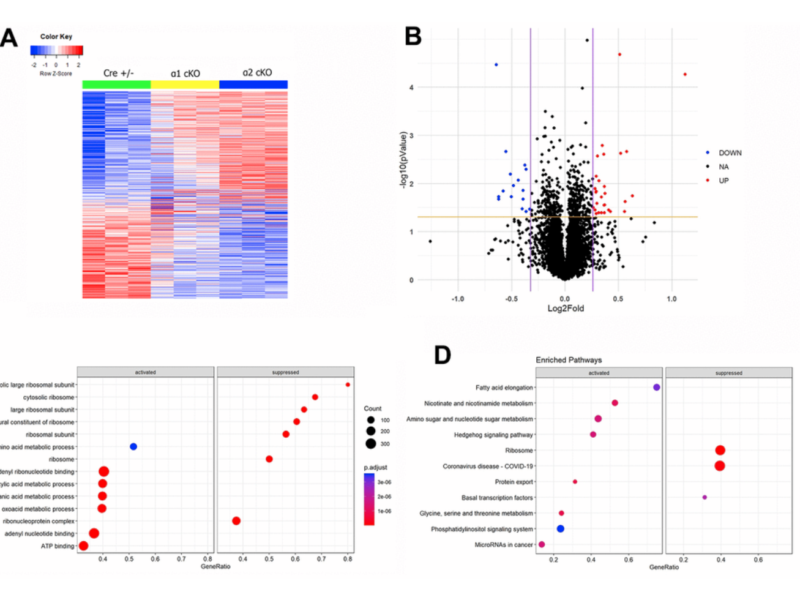
PRESS RELEASE: Researchers from Wake Forest University published a new research paper in Aging’s Volume 15, Issue 4, entitled, “Isoform-specific effects of neuronal repression of the AMPK catalytic subunit on cognitive function in aged mice.”

PRESS RELEASE: Aging published a new review paper in Volume 15, Issue 4, entitled, “Cellular senescence: when growth stimulation meets cell cycle arrest.”

